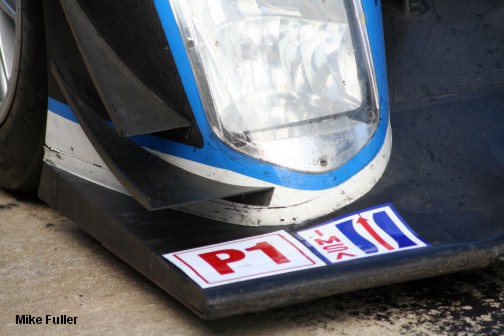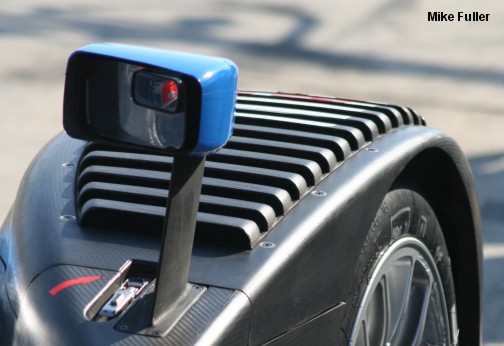RFds
Member
Having watched sports car racing for a few years, i've recently noticed the addtion of a pair of fin-shaped winglets to the front corners of racing cars. The first one I was aware of was the recently introduced new version of the Audi A4 DTM car (which someone commented would be incredibly deadly to pedestrians if ever adapted onto road cars). Im wondering if anyone could identify the purpose of these winglets (as i can perceive no downforce that could be generated with the wings)?
Here is a picture of an Acura ARX-01b with some rediculously hideous and last-minute winglets.

Here is a picture of an Acura ARX-01b with some rediculously hideous and last-minute winglets.

Last edited:



